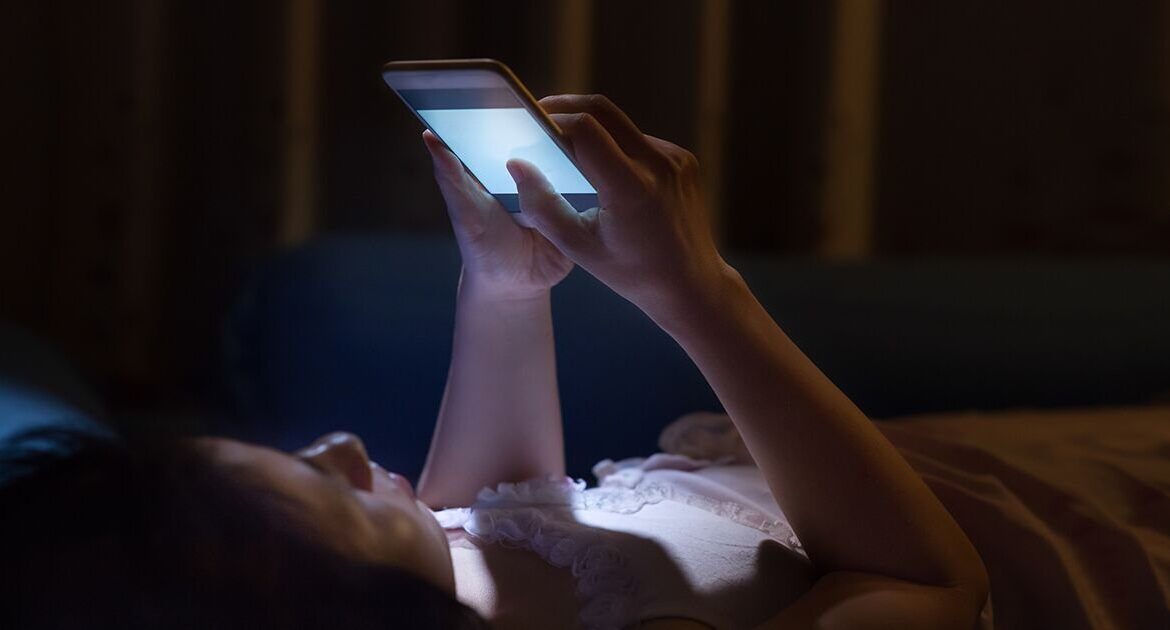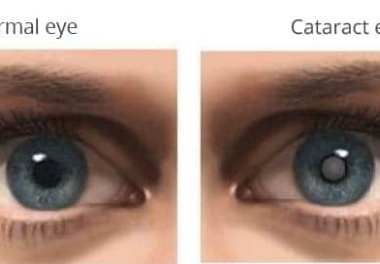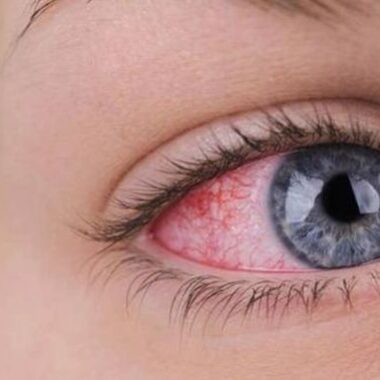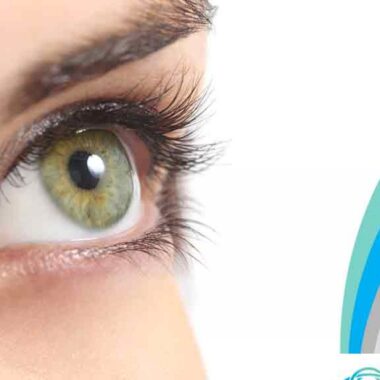What is Blue Light?
The visible light spectrum is composed of a range of wavelengths and energy. Blue light is a part of the visible light spectrum that contains the most energy. Because of more energy, blue light has the potential to cause harm to the eye as compared to other visible light.
The amount of light coming from the digital screens has not been found to cause any disease, but may lead to reduced blinking. This reduced blinking leads to a number of temporary eye symptoms called eye strain.
There is evidence to indicate that the blue light affects the natural sleep and wake cycles. To prevent such a scenario, it is recommended to avoid using digital screens at least 2-3 hours before going to bed. If not possible then it is best to switch on the night mode or the dark mode for reducing the strain on your eyes. Dr. Mayur Jawale is the Best Eye Specialist in Bhosari with extensive knowledge and experience treating patients in the field of eye care.
Common facts about Blue Light
Nowadays, most people use smartphones and digital devices and the time spent looking at the screens is only increasing. Studies show that an adult spends 9-12 hours looking at screens every day, which is more than 30 years in a lifetime!
This makes it important for everyone to be aware of the common facts about blue light and their impact on our eyes.
- Blue Light is everywhere and not all of it is bad, sunlight being the main source of it. Hence, blue light is not just limited to smartphones and other digital devices.
- The retina in your eye is susceptible to blue light.
- Blue Light might increase the risk of macular degeneration.
- As mentioned earlier, blue light contributes to digital eye strain.
- Blue Light protection is important after cataract surgery.
Symptoms of Digital Eye Strain
The common symptoms that people encounter when staring at screens for too long includes any one or more of the following symptoms:
- Eye fatigue and discomfort
- Dry eyes
- Headaches
- Blurred or double vision
- Red eyes
- Eye twitching
- Neck, shoulder, or back pain
- Difficulty in concentrating
- Strain to keep the eyes open
Simple yet effective steps to minimize digital eye strain
We’ll go through the steps to minimize digital eye strain that can be adopted by anybody. These are simple yet effective steps that are not heavy on your pocket.
Use Proper Lighting
Excessive bright light either coming through the window or because of incorrect positioning of the lights can lead to digital eye strain.
Minimize Glare
Light-reflecting off the walls or glossy surfaces, as well as reflections from screens, can cause digital eye strain. Adding a film of anti-glare coating is recommended when using phones or laptops in public spaces for long periods.
Blink More
When staring at screens every day, we don’t blink as often as we should. This leads to dry eyes and may cause headaches over time. Blinking every 15-20 seconds is best to keep the eyes adequately moist.
Adjust your Screen settings
The screen settings should be in sync with your ambiance. Using the dark mode or night mode when the lights are dim or off is a good practice.
Upgrade your display
A higher resolution display is better and causes less strain on your eyes.
Don’t skip the annual check-up
Eye checkups are beneficial for the early diagnosis and prevention of eye infections and it should be a must to have annual checkups for proactive treatment.
About Dr. Mayur Jawale
Dr. Mayur Jawale is the Best Eye Specialist in Bhosari. He has successfully completed his MBBS from MIMSR Medical College, Latur, and MS in Ophthalmology from Grant Medical College (J.J. Hospital), Mumbai in 2012. Moreover, he has done a fellowship in Phaco Surgery from H.V. Desai Eye Hospital, Pune.
To know more about Dr. Mayur Jawale, please visit Mayur Jawale/About Us.
For further enquiries, leave us a Message or Contact us




